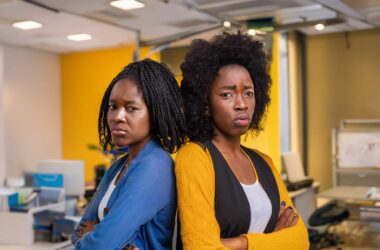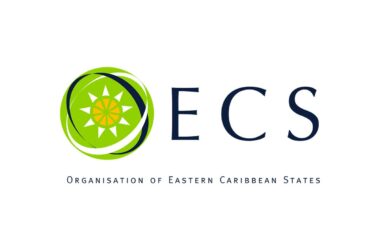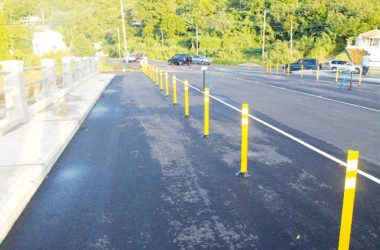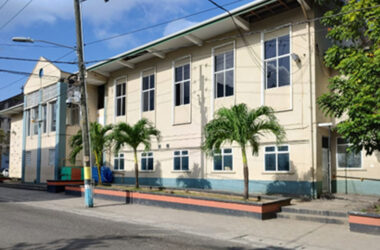JUST when we thought we knew everything about mangoes, here comes an Annual Mango Festival to teach us so much we didn’t even think of.
When news of the mango festival hit the road last week, most people thought it was an exhibition of the various types of mangoes available on the island and information on more ways to use the popular fruit. But that wasn’t exactly what happened, as the island’s premiere mango festival was far less about tasting and more about Climate Change.
Yes, the festival displayed various types of mangoes by their scientific and local names and exhibits of various ways the mango can be used. A cookbook was also launched here earlier this year. But the main lesson last Friday was about using the mango tree to protect our land, save our environment and combat Climate Change.
As indicated in the accompanying story on this page, the OECS and the European Union (EU) are cooperating on an OECS Biodiversity Project aimed at increasing the capacity of these small-island states to adopt climate smart policies to enhance their climate resilience capabilities.
What the agricultural scientists and climate smart technologists and innovators have discovered is that the mango tree’s roots are so strong it can serve as a good soil stabilizer, especially in degraded areas in the islands’ interior and forest reserves, as well as to stabilize river banks.
Saint Lucia’s river banks having been historically destabilized by the deforestation and erosion that came with the accelerated development of the banana industry over decades, that planting mango trees to preserve and stabilize their banks is the new use for an old fruit whose trees never seem to grow old.
But the mango isn’t the only tree and fruit that we have not been making full use of.
For example, long before Climate Change was even spoken about in these parts, we had known the many important uses that bananas and coconuts can be put to.
We only eat the ripe banana, but its skin, the tree’s stem and leaves can all be converted into value-added products ranging from essences and soaps to handicraft items.
Likewise the coconut – we drink the water and eat the jelly, but we still throw away the shell and husk, leaves and sticks, knowing that they too have value-added potential.
But even though we know so much about the added value of the banana, even though we know that Olympic athletes are encouraged to eat at least two bananas per day, have we ever thought of making at least one free banana available, per day, for each and every Saint Lucian student?
Likewise the coconut: the mite might have all but destroyed the industry, but even before that we knew of the added value of the entire tree’s products and we developed an industry that included a Coconut Growers Association and a thriving related manufacturing sector. But anti-coconut oil propaganda dealt a deadly blow to our local industry – and to this day, producers here and elsewhere have to depend on help of friendly scientists on the world stage to counter the continuing efforts to portray coconuts in a bad light.
Thanks to related innovators everywhere, the mango tree has found a new pride of place: to save the lands of these threatened islands. The time has also come, we believe, for similar focus and attention be given to how best to do so much more with our bananas and coconuts.
We do know, for sure, that more can definitely be done. So, let’s just do it!













